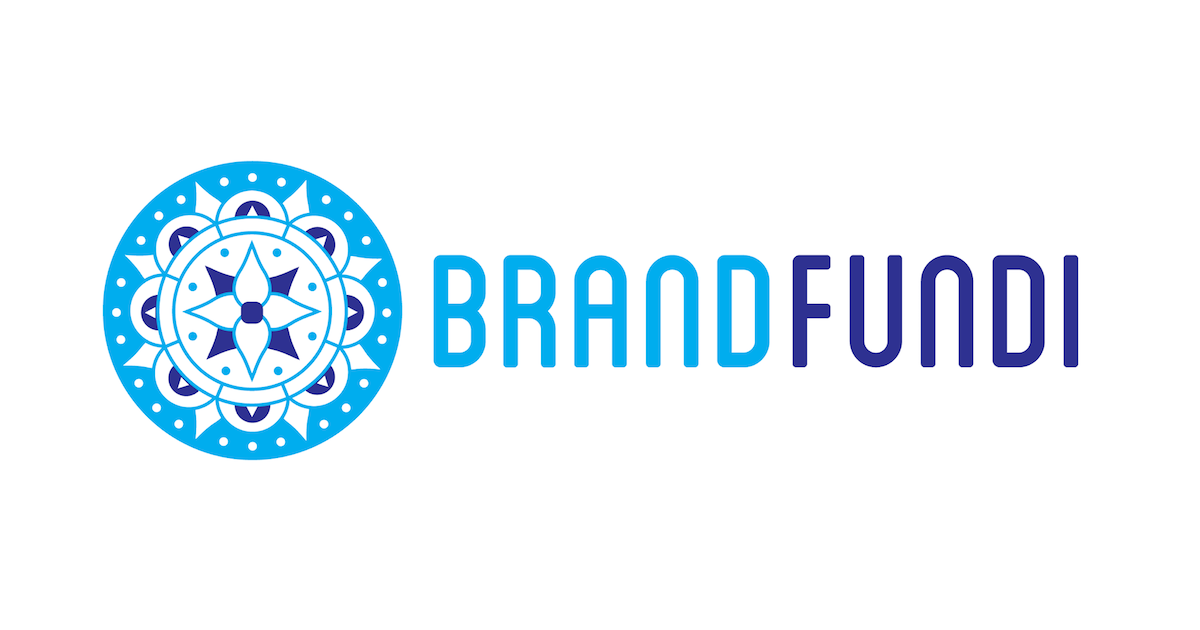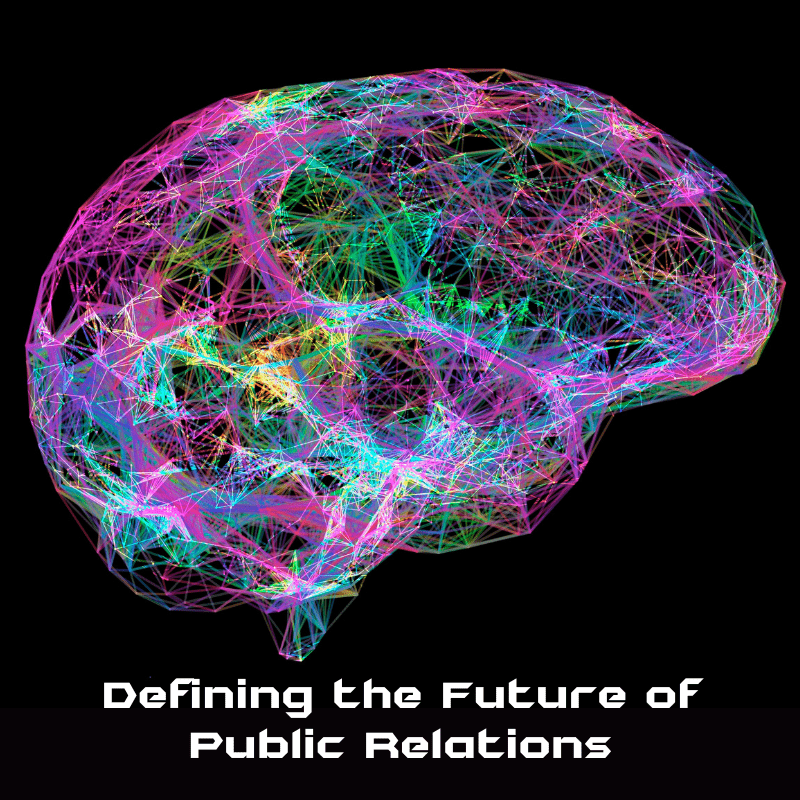Public Relations (PR) is not enough to encompass all it does. In fact, 87% of PR professionals believe it’s a poor descriptor of the job. According to Muck Rack’s ‘The State of PR 2022’ report, 55% of agencies believe that the term needs to be redefined, with 7% suggesting it needs to be renamed completely.
In recent years, PR has embraced an integrated and cross-functional mindset to deliver purposeful messages. The discipline has evolved to align more closely with marketing, integrating with other communications functions and business models. So a broader, more acceptable term with greater resonance might be ‘brand communications’.
While the job still requires brand perception management, it’s also about developing content that consumers can relate to, which manifests as earned media thought leadership or social media material, influencer marketing or sponsored media, etc.
Brands can better harness the power of brand communications when they identify the elements that are shaping and defining the future of gaining a share of voice and share of mind. Consider these seismic shifts shaping the PR (brand communications) landscape in 2023:
On average, media only respond to 3% of PR pitches received
Social media and consumer journalism have sped up the pace of the news cycle. Accessibility to the latest breaking news, trends, and consumer sentiment, makes for a highly competitive environment to source exclusive content. Combined with the shrinking newsrooms, this influx of information places enormous pressure on journalists to keep pace.
Consequently, earned media is amongst the top three challenges PR pros face. Editorial pitching has become more focused so that the emphasis is on quality and not quantity. PR pros and brands need to offer specific and specialised content to be effective. It must be tailored to individual publications and preferably provided as a completed article, ready for the journalist to repurpose.
Brands need to stop insisting on mass targeting and accept that it’s worth investing in exclusive, quality content to reach key stakeholders.
More brands will build and create their own media
The spin-off of earned media becoming more difficult to secure is that companies are starting to invest in developing their own media platforms. Core Group’s YouTube channel, NxtUp Online, is a local example. Hosted by Aki Anastasiou, the platform is described as ‘SA’s leading channel for all the latest news about technology, business & lifestyle.’
Brand media platforms can also include newsletters, blogs, and podcasts on a brand’s channel. Fully controlled by the brand, these platforms allow the brand to express its values, drive key messages and maximise its reach.
Leveraging the value of both earned and owned media platforms is a winning combination for brands.
Brands that diversify communication channels by placing just as much value on earned and owned media platforms will benefit by growing reach and conveying key brand messages, values and culture.
75% of marketers believe SEO is ‘extremely effective’ at meeting marketing objectives
Digital PR and search engine optimisation (SEO) are a match made in heaven. This symbiotic or mutually beneficial strategy creates a measurable return on investment by attracting traffic and engagement. Digital PR is essential to improving SEO and organic presence online using keywords and backlinks.
Brands need to understand the relationship between digital PR and SEO. A successful online campaign ensures backlinks and keyword mentions are shared across multiple mediums and channels to raise awareness.
60% of PR pros expect influencers to continue to be part of the PR mix in 2023
Influencers have proven to be beneficial, especially in the B2C space. During 2021, influencers started referring to themselves as ‘content creators’, which set the tone for how brands should negotiate collaborations.
Even though reputation and referrals carry more weight in B2B marketing, brands in that space have slowly adopted influencer strategies. Most B2B buyers search for potential vendors online, so this is a tactic worth embracing to build up social proof.
More consumers confirmed in recent studies that they’re likely to “trust what influencers say about brands much more than what brands say about themselves,” according to an EWN story in July 2022. “High-quality content within an authentic and transparent partnership resonates far more and performs better each and every time,” according to the Humanz Influencer Marketing Stats and Benchmarks Report, published in 2022
The report also revealed that “#ad was the most used hashtag by South African creators last year, showing not only a boom in local sponsored content but also an increase in transparency and disclosure.”
Brands will benefit when they collaborate with content creators that authentically match their brand essence, as the content will resonate with the audience’s perceptions and expectations, building brand trust.
51% of global news consumers have been exposed to fake news on TV
The word ‘infodemic’ was added to our collective vocabulary this year following the inundation of fake news and misinformation both on- and offline. Consumers continue to witness a mixture of accurate and false information about COVID-19, climate change, and politics, which is not always easy to distinguish.
A trending story that went viral worldwide in 2021 is a case in point. A South African woman, Gosiame Thamara Sithole, claimed to give birth to decuplets. Soon after the news broke, an enquiry was launched to verify the facts. It was shut down as fake news when authorities couldn’t find evidence of the pregnancy or medical reports certifying the babies’ birth.
Sadly, fake news is growing into an industry of its own, with people being paid to write sensationalist stories and create clickbait content to increase site traffic.
Brands must consistently demonstrate authenticity, as consumers tend to distrust something until they see evidence of it being trustworthy.
46% of people believe that companies need to take more responsibility for their role in society
Brands need to communicate their social values to gain sustained support from consumers. A strong social conscience must be demonstrated by brands beyond cash donations or hyping up their annual 67mins activities on Mandela Day.
More brands need to step up to the plate, and those brands that anticipate and meet consumer expectations are likely to be rewarded with customer loyalty.
The future of public relations/brand communications has much to do with adapting and responding to the zeitgeist or the spirit of the time. A brand can only communicate effectively with its audience when it can relate to them and understand their needs and desires. It’s about speaking their language, literally and figuratively, to get the brand message across. Brands will have better success with this when they adapt in the context of the shifting PR landscape.




